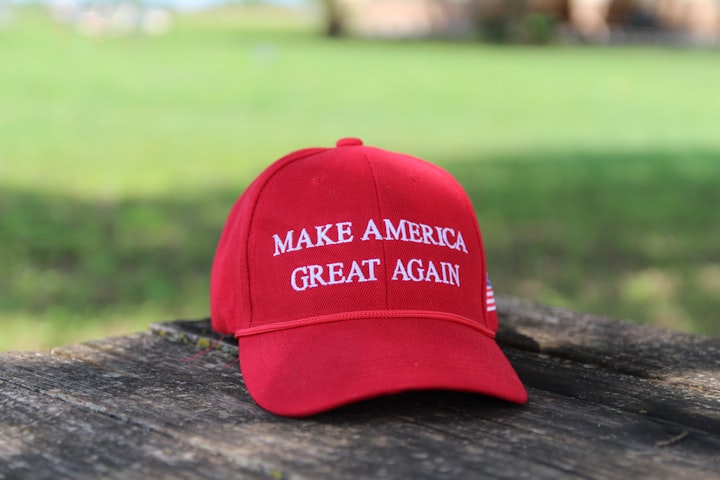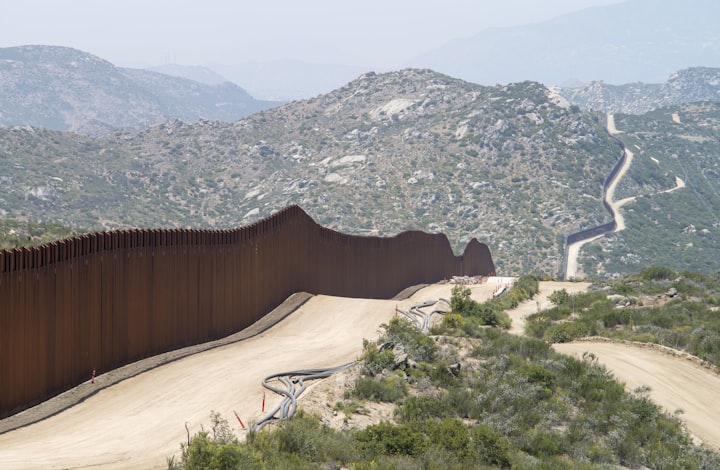Unraveling the MAGA Phenomenon: Persistence in the Face of Change
In 2024, the MAGA Movement Grows Stronger

The MAGA (Make America Great Again) movement, which initially gained momentum during Donald Trump's 2016 presidential campaign, has remained a formidable force in American politics and culture. This phenomenon has persisted beyond Trump's presidency, reflecting deeper societal trends, anxieties, and divisions. This article explores the multifaceted reasons behind the enduring strength of the MAGA craze, including political, social, economic, and media dynamics that contribute to its continued relevance.
Historical Context and Political Identity
The MAGA slogan is more than a political catchphrase; it's a symbol that encapsulates a particular vision of American restoration and revival. Rooted in a sense of nostalgia, it harks back to a perceived golden era when the United States enjoyed undisputed global dominance, economic prosperity, and social cohesion. This message resonates deeply with a segment of the American population that feels disenfranchised by rapid globalization, technological change, and demographic shifts. By promising to restore the nation's former glory, the MAGA movement has cultivated a strong, cohesive political identity among its followers, often seen as a direct response to the perceived threats against traditional American values.
Economic Anxieties and Cultural Backlash
The MAGA movement has tapped into deep-seated economic anxieties stemming from the decline of manufacturing jobs, the impacts of free trade agreements, and the challenges of the knowledge-based economy. Many Americans, particularly those in the Rust Belt and rural areas, feel left behind by the economic transformations of the 21st century. They attribute their economic hardships to the policies of globalism and seek solace in the MAGA promise of economic nationalism and protectionism.
Simultaneously, the MAGA movement is a cultural backlash against what its adherents view as the liberal elite's dominance in media, academia, and politics. Issues such as immigration, gun rights, and freedom of speech have become battlegrounds. The MAGA ideology opposes what it perceives as political correctness and the erosion of individual liberties, rallying those who feel their way of life is under threat.
Media Dynamics and Echo Chambers
The role of media cannot be overstated in the proliferation and endurance of the MAGA craze. Right-wing media outlets, along with social media platforms, have played a crucial role in spreading MAGA narratives, often without traditional journalistic vetting. These echo chambers reinforce beliefs, mobilize support, and amplify fears, creating a self-sustaining cycle of information that both feeds and is fed by the MAGA movement.
Social media, in particular, has been instrumental in organizing rallies, spreading the MAGA message, and creating a sense of community among supporters. The algorithms that power these platforms often lead to the creation of echo chambers, where users are exposed to increasingly extreme content that reinforces their existing beliefs, further entrenching the MAGA ideology.
Charismatic Leadership and the Cult of Personality
Donald Trump's charismatic leadership style has been a critical factor in the MAGA movement's vitality. His ability to connect with supporters through simple, direct language and his use of social media to bypass traditional media filters have fostered a cult of personality around him. This personal loyalty to Trump transcends conventional political loyalty, with many MAGA supporters viewing him as the only leader capable of achieving their vision for America.
The MAGA movement's identification with Trump is so strong that his endorsements significantly influence Republican primaries and elections. This phenomenon illustrates the movement's staying power and the central role of charismatic leadership in maintaining its momentum.
The Role of External Threats and Perceived Enemies
The MAGA movement thrives on the delineation of clear external threats and perceived enemies, including foreign nations perceived as economic and military adversaries, immigrants viewed as competitors for jobs and resources, and political opponents labeled as threats to American sovereignty and security. This "us vs. them" mentality galvanizes supporters, providing a clear opposition to rally against and a narrative framework that simplifies complex global and domestic issues.
Conclusion
The MAGA craze's endurance is the product of a complex interplay of factors, including economic anxieties, cultural backlash, media dynamics, charismatic leadership, and the construction of external threats. It reflects deeper societal divisions and a yearning for a simplified, idealized vision of America's past. Understanding the roots and mechanisms of the MAGA movement is crucial for comprehending the current American political landscape and the potential paths forward. As the United States grapples with these deep divisions, the future of the MAGA movement will continue to be a significant factor in shaping American politics and society.
About the Creator
Lawrence Lease
Alaska born and bred, Washington DC is my home. I'm also a freelance writer. Love politics and history.






Comments (1)
I do not see the maga movement growing stronger. It is factually weakening. maga has lost several elections over the past four years and many Republicans have either ditched the party all altogether or are denouncing the cultism of donald trump ie Liz Cheney, Nikki Haley, Chris Christie, Mitt Romney, and many others. As a result, the Republican party is fractured and has lost voters. Polls show that about 4% of Republican voters will absolutely not vote for donald trump in 2024. That is a loss of about 3 to 4 million votes for trump. Though, some left leaning voters are not happy about an 80 year old candidate Biden has not lost any support whatsoever. Democrats, independents, swing voters, and a percentage of Republicans are ready to coalesce and vote for Biden in 2024. Despite what the presidential polls are saying right now I do not see a path of victory for trump.